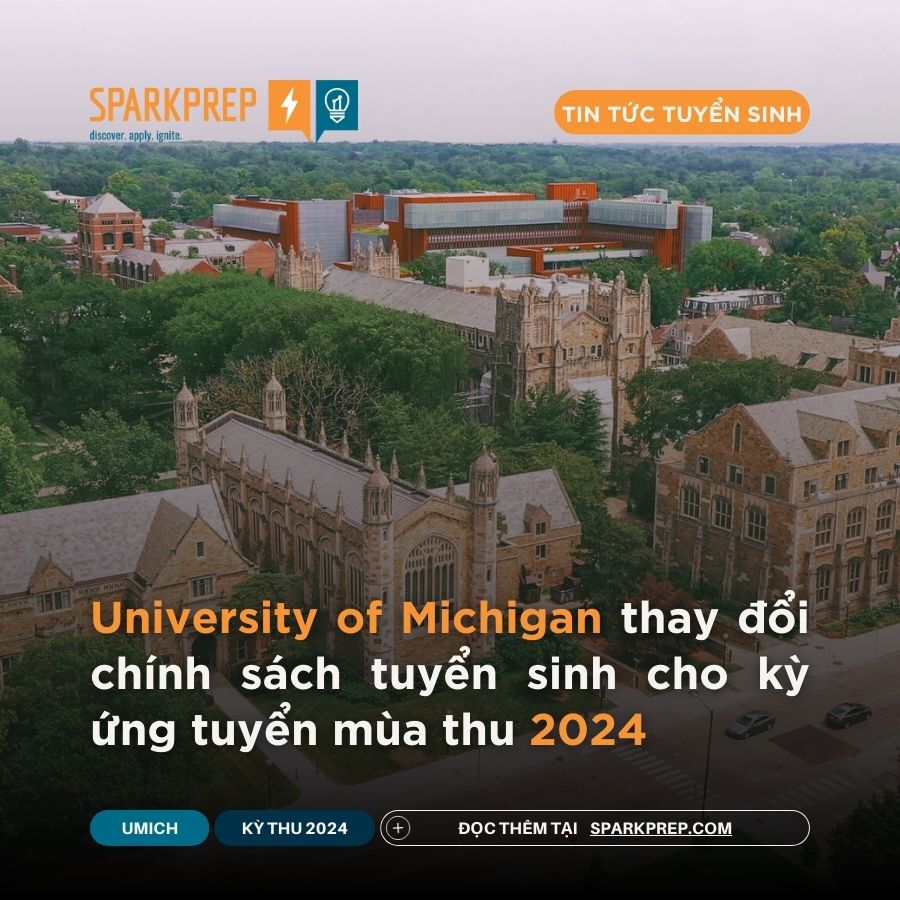In recent weeks, many prestigious research universities across the United States have simultaneously announced large-scale budget-tightening measures. The reasons include reduced federal funding, a decline in international student enrollment, rising operational costs due to inflation, and stagnant state funding that hasn't kept pace with growing expenses. As a result, numerous institutions have been forced to lay off staff, raise tuition, and even shut down certain academic programs.
Notably, just in the past few days, six major universities have confirmed plans for extensive budget reductions. Here’s a closer look at each school’s situation:
Temple, a large public university in Philadelphia, is facing a projected $60 million budget deficit for the upcoming fiscal year. Since 2017, the university has lost nearly 10,000 students—equivalent to $200 million in lost tuition revenue. While first-year enrollment is expected to increase next year, it’s not enough to significantly improve the overall financial picture. The school has been using reserve funds to offset the current shortfall—an unsustainable strategy. Academic departments have been ordered to cut payroll expenses by 5%, which will lead to job cuts. Senior leadership, including deans, will forgo pay raises.
Cornell, an Ivy League university, is undergoing a serious financial crisis. The university has lost hundreds of millions of dollars due to federal research contract cuts. Financial aid and healthcare reimbursements are also at risk. Potential increases in taxes on endowments are adding further strain.
The university has announced it will:
Restrict new hiring,
Cut non-essential spending,
Reduce staff through voluntary departures or layoffs.
The university is facing serious financial challenges in the coming years. By 2026, the main campus in Lawrence is projected to have a $22.3 million deficit, while KU Medical Center is expected to be short by another $4 million. Without timely intervention, the medical center’s losses could reach $31 million by 2027. Internal documents warn that the entire KU system could face a $117 million shortfall by 2029 if no action is taken.
In response, KU leadership is committed to improving operational efficiency, increasing revenue, and cutting operational expenses by 5% next year to regain long-term financial stability.
The University of Minnesota is facing a $115 million shortfall. Of that, $40 million is due to reduced federal funding, with the remainder caused by inflation and lagging state support.
In response, the university is taking drastic steps:
Increasing tuition by up to 7.5% for certain student groups,
Cutting 7% of its academic programs, affecting approximately 350 jobs.
The University System of Maryland will operate with a 7% smaller budget in 2026—about $155 million—following a 4% cut this year. System Chancellor Jay Perman stated that some member campuses may have to resort to difficult decisions like temporary closures, furloughs, or pay cuts.
The University of Nebraska system is entering its third consecutive year of budget cuts.
In 2026, an additional $20 million in cuts are expected.
In 2025: $11.8 million cut.
In the previous year: $30 million cut.
Although the university requested a 3.5% increase in state funding, only a 0.625% increase was approved, leaving a significant budget gap. To compensate, the school is considering a 5% tuition hike and urging disciplined, transparent financial management—while still maintaining its commitment to educational quality and student access.
In the context of widespread budget cuts at U.S. universities, scholarships for international students may decrease or become more competitive, while tuition is likely to rise in the coming years. Certain academic programs—especially in the humanities and social sciences—may be downsized or discontinued due to a lack of resources. Therefore, students should thoroughly research each university—not only its reputation but also its current financial stability and long-term commitment to student support.
This article was adapted from: “Budget Cuts Announced By Six More Major Research Universities” by Michael T. Nietzel.
 Law School Admissions Update 2025: A Surge in Competition
Law School Admissions Update 2025: A Surge in Competition
The 2025 admissions cycle has seen a significant spike in law school applications. According to the Law School Admission Council (LSAC), application volume has risen by approximately 21% compared to the previous year.
Read more Top 5 Early Admission Trends – Ivy League Class of 2025
Top 5 Early Admission Trends – Ivy League Class of 2025
The 2025 Early admissions cycle reflects major policy shifts but also opens up new opportunities for students who are proactive and strategic.
Read more Undergraduate admissions changes coming for fall 2025 at UMich
Undergraduate admissions changes coming for fall 2025 at UMich
In a move to simplify the admissions process, University of Michigan will adopt undergraduate admissions changes coming for fall 2025.
Read more Colleges Begin to Welcome the Class of 2028
Colleges Begin to Welcome the Class of 2028
Applications are up and acceptance rates are down after a chaotic year in college admissions.
Read more Employers Are More Likely To Hire 'New Ivies' Grads
Employers Are More Likely To Hire 'New Ivies' Grads
Using an exclusive survey of hiring managers, Forbes introduces the New Ivies that attract high-achievers and turn out hard-working, highly-regarded employees.
Read moreHanoi: 4th floor, 102-104 Lang Ha, Dong Da District
HCM: Toong Tan Hung, F16 Street No. 10 Him Lam Urban Area, Tan Hung Ward, District 7